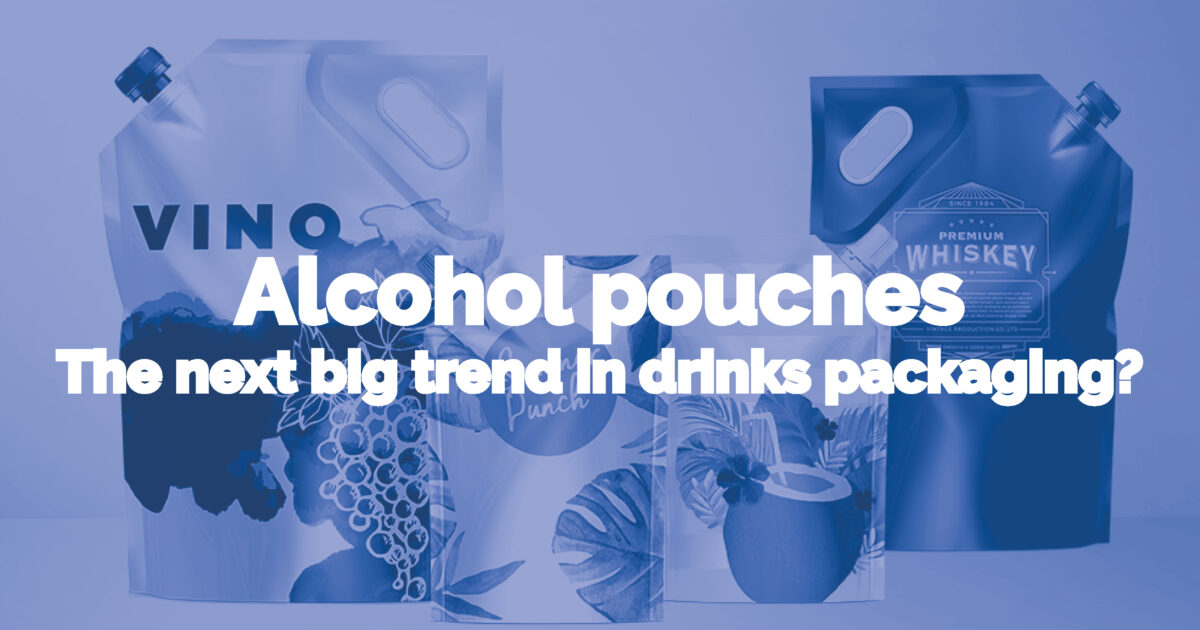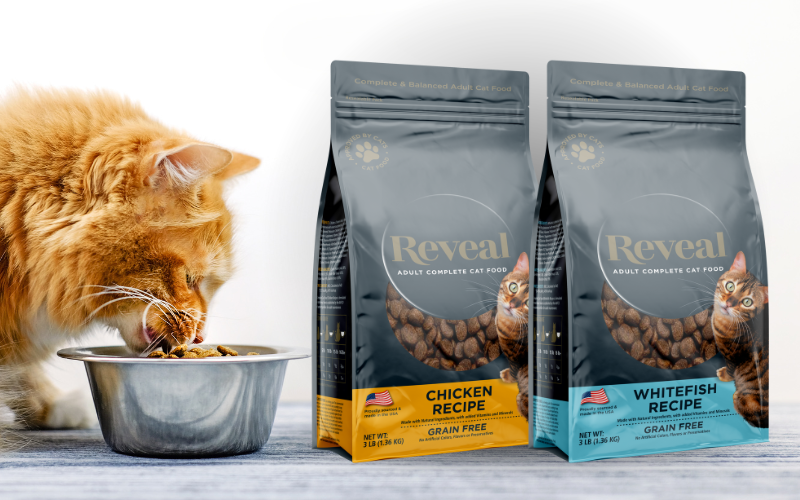As the flexible packaging market continues to grow, innovative brands are spying opportunities to disrupt traditional sectors with flexible formats. One of the latest markets to spot the trend has been alcohol, with spout pouches bringing a refreshing twist that’s already capturing the millennial market.
But is this just a summer fad or a market trend you’d be silly to ignore? Our team rosé to the challenge (sorry), as they take a look at why alcohol pouches could be the perfect match for your brand.
Barrier Protection
Barrier material used in specialist alcohol pouches provides a great oxygen barrier with long shelf life. Tap nozzles also allow for one-way flow so no oxygen reaches the contents keeping the product fresher for longer. So, no more worrying about corked wine!
Differentiate your product
Innovative market disrupters often use standout packaging formats to differentiates them from long-established brands. This creates a buzz and excitement about the product and makes it feel immediately more modern and fresh. But using alcohol pouches new brands can become early adopters, increasing brand awareness and potential access to new markets.
Millennial Appeal

As millennials become one of the most influential consumer spending groups their preferences become more important. Flexible packaging has been proven to appeal to millennials due to the increased portability and reduced weight. When it comes to alcohol pouches, the weight reduction and portability compared with glass bottles makes the format far more flexible.
Shelf Awareness
New pouches developed specifically for the alcohol sector can provide great stability and offer better shelf presence in stores. The ability to print onto film using rotogravure technology can also open the door for fantastic and complex artworks and designs that really make your product stand out in comparison with other more traditional brands in glass packaging.
Sustainability
Although plastics have faced some stiff criticism in recent months, it can surprise people how switching to flexible packaging formats can benefit brand’s environmental impact. Pouches are said to offer an 80-85% reduced carbon footprint compared to glass.

Waste
Traditional bag in the box wine packaging requires 2 components. Cutting these down to just one flexible pouch can instantly reduce costs and waste materials. Reduced packaging material also has a ripple effect on the supply chain, with less space needed to store and transport the product, improving total supply chain efficiencies. Brands may even want to pass these savings onto consumers, making their price points more competitive.

With glass packaging, there will also be a substantial amount of waste from breakages throughout transportation. Flexible packaging provides a robust multi-film layer that can prevent unnecessary waste.



